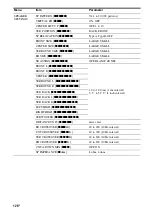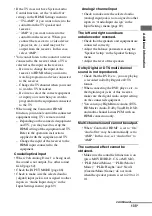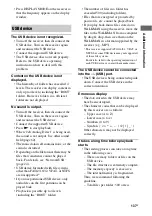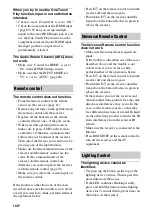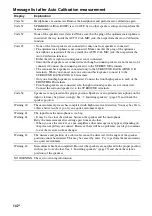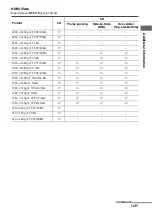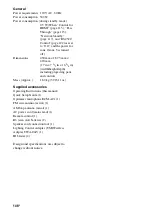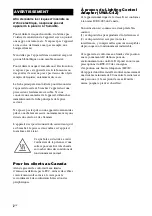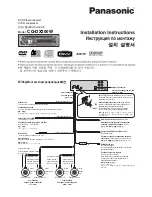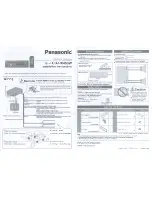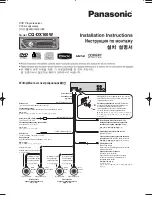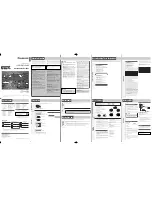
137
US
Ad
dit
iona
l Inf
o
rma
tion
• Press DISPLAY MODE on the receiver so
that the frequency appears on the display
window.
The USB device is not recognized.
• Turn off the receiver, then disconnect the
USB device. Turn on the receiver again
and reconnect the USB device.
• Connect the supported USB device.
• The USB device does not work properly.
Refer to the USB device operating
instruction on how to deal with this
problem.
Content on the USB device is not
displayed.
• The hierarchy of folders has exceeded 4
levels. The receiver can display content in
only up to 4 levels (including the “ROOT”
folder). However, folders in a 4th level
folder are not displayed.
No sound is output.
• Turn off the receiver, then disconnect the
USB device. Turn on the receiver again
and reconnect the USB device.
• Connect the supported USB device.
• Press
N
to start playback.
• When “2ch Analog Direct” is being used,
the sound is not output. Use other sound
field (page 62).
• The music data itself contains noise, or the
sound is distorted.
• Depending on the file format, there may be
files that sometimes cannot be played
back. For details, see “Network/USB”
(page 24).
• USB device formatted with file systems
other than FAT12/16/32, VFAT, or NTFS
are unsupported.*
• If you use partitioned USB device, only
audio files on the first partition can be
played back.
• Playback is possible up to 4 levels
(including the “ROOT” folder).
• The number of files in a folder has
exceeded 500 (including folders).
• Files that are encrypted or protected by
passwords, etc. cannot be played back.
• If you play back music files stored on a
WALKMAN using the receiver, move the
files to the WALKMAN from a computer
by drag & drop, then save them on the
WALKMAN in a format supported by the
receiver (e.g., MP3).
* This receiver supports FAT12/16/32, VFAT, or
NTFS, but some USB device may not support all
of these file systems.
For details, refer to the operating instruction of
each USB device or contact the manufacturer.
The USB device cannot be connected
into the
(USB) port.
• The USB device is being connected upside
down. Connect the USB device in the
correct orientation.
Erroneous display.
• The data stored in the USB device may
have been corrupted.
• The character codes that can be displayed
by this receiver are as follows:
– Upper case (A to Z)
– Lower case (a to z)
– Numbers (0 to 9)
– Symbols (’ < > * + , – . / @ [ \ ] _ ‘)
Other characters may not be displayed
correctly.
It takes a long time before playback
starts.
• The reading process can take a long time
in the following cases.
– There are many folders or files on the
USB device.
– The file structure is extremely complex.
– The memory capacity is excessive.
– The internal memory is fragmented.
Thus, we recommend following the
guideline.
– Total files per folder: 500 or less
USB device




